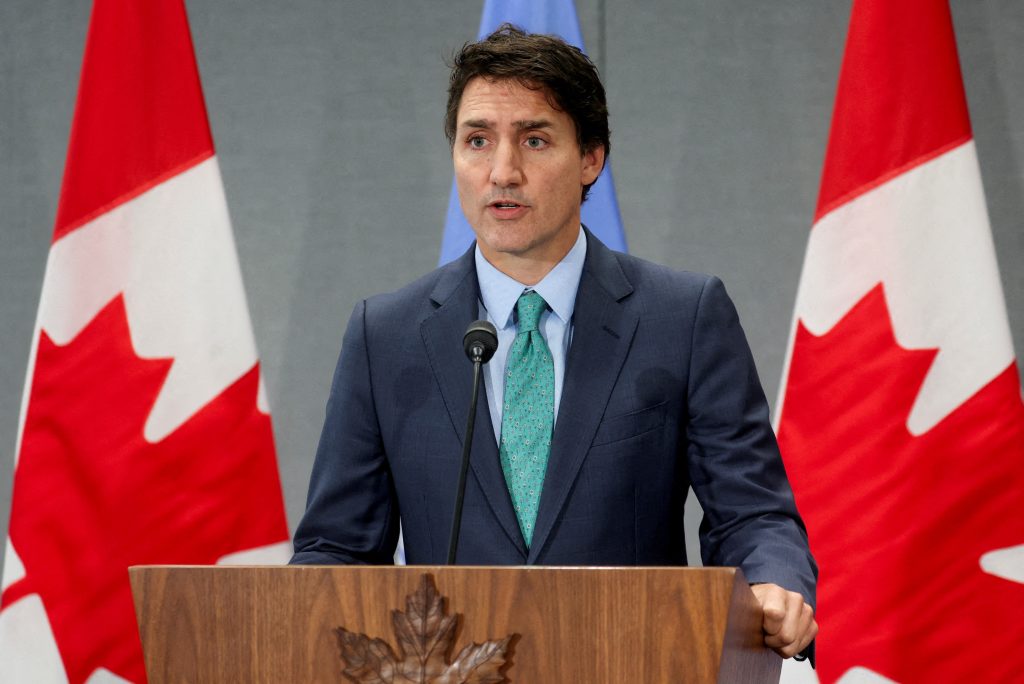Reports indicate a severe case of unemployment is currently impacting at least one million international students, including Nigerians, in Canada. Once considered a sanctuary for migrants, Canada is now grappling with a shortage of low-income jobs.
Voice of America highlights that images circulating on the Canadian Internet depict large crowds waiting in line for cashier positions, with foreign students expressing dismay over the scarcity of jobs that could meet their financial needs and obligations.
Despite the limitations to part-time and predominantly low-income employment opportunities imposed on international students, securing these jobs has become exceedingly challenging.
Dhvani Malik, a 400-level student of international relations at the University of British Columbia, shared with VOA that the present affordability crisis in Vancouver, combined with the limited job prospects, is becoming increasingly distressing.
“International students already pay so much in fees, and the increasing rent and living costs have only added to the financial pressure.”
According to Statistics Canada, in March 2024, the unemployment rate for youths in Canada reached 12.6%, signalling potential challenges in managing the influx of immigrants, who represent a significant portion of the unemployed population.

Prime Minister Justin Trudeau, acknowledging the current situation, addressed the issue while speaking at Dartmouth in Nova Scotia on April 2nd, emphasising the need to regulate the number of temporary immigrants, stating that it’s “something we need to get back under control.”
“Whether it’s temporary foreign workers or whether it’s international students in particular, that have grown at a rate far beyond what Canada has been able to absorb,” Trudeau said.
Canada witnessed a significant influx of migrants following the opening of employment pathways and immigration opportunities for international students upon completion of their studies. However, this surge brought about unforeseen challenges, particularly in the form of skyrocketing housing costs, for which the government was unprepared.
Consequently, the strategy of reducing the intake of international students has impacted Canadian institutions that rely on the high tuition fees paid by foreign students, posing a dilemma for the government. It now faces the choice between tightening border controls or permitting its institutions to continue benefiting from the revenue generated by the high tuition costs of international students.


